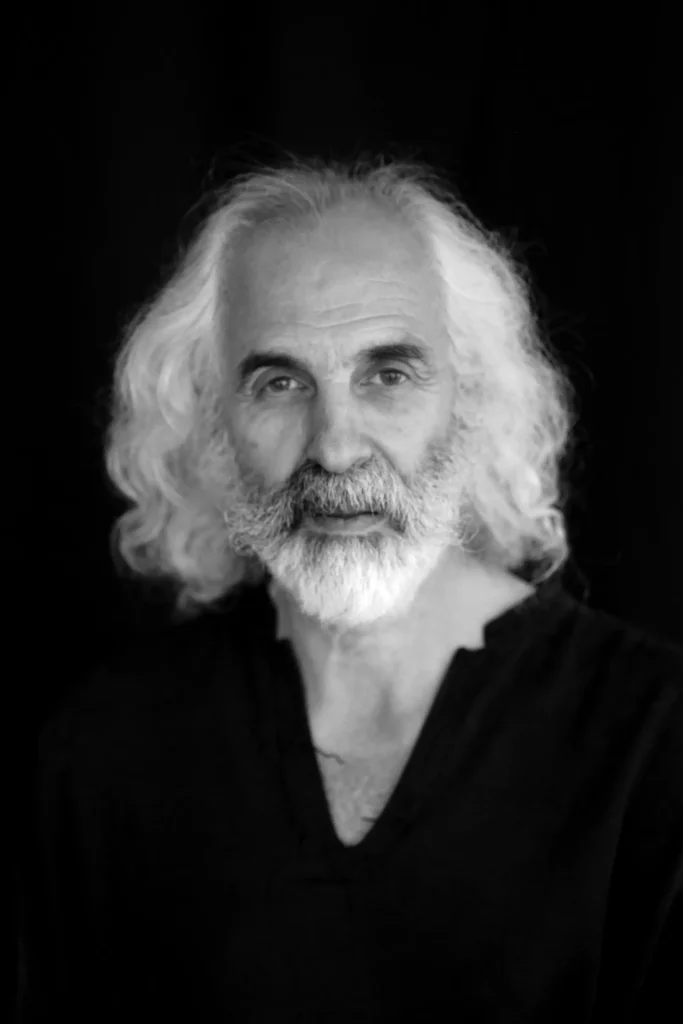NIDRA YOGA
Yoga of conscious sleep and dream
Nidrā Yoga is an ancestral practice originating in India whith an approach where dreams and sleep are at the heart of spiritual quest.
Nidrā – some translations from Sanskrit: “sleep”, “budding”, “pass through the darkness”
“Posture-free” yoga – It is practiced in a lying or seated position. The student is guided in a deep relaxation of the anatomical, physiological body, nervous system and bones as well as in concentration exercises.
What is the “goal” of Nidrā Yoga?
Nidrā Yoga promotes the reduction of tensions responsible for insomnia, nervous disorders, fatigue, irritability…
As we practice, we understand the mental patterns that condition our daily lives and we learn to distance ourselves from them.
This guided practice also allows you to become aware of different types of dreams and promotes the perception and development of the energy body.
It invites mental relaxation and the emergence of a meditative state.
The origins of Nidrâ Yoga
The origins of Nidrā yoga are difficult to trace scientifically. The teachings would have been disseminated orally for several centuries (even millennia!) The first texts come mainly from the tradition of Kashmir Shaivism and were written around the 10th century AD.
Since that time, the teachings of Nidrā Yoga have been transmitted directly from instructor to students, which has kept the tradition alive.
The lineage

Kashmiri Babu
In the words of André Riehl: “This man, this Twice-Born, as these wandering yogis are traditionally defined in India, seemed to be neither entirely alive nor entirely dead.
He seemed to live in a sort of eternity…
His teachings were rarely comprehensible to the understanding and he refused to answer any questions.
The quest, the “Sādhana” was and should only be exploration and personal investigation into the recesses of consciousness.

André Riehl
André Riehl began practicing Yoga around the age of 11, then studied it intensely from 1972.
Traveling the roads of India in search of traditional instructors, he had the opportunity to study several aspects of the inner quest with ascetics, notably Kashmiri Babu with whom he studied Nidrā Yoga for 22 years. He also met great figures of spirituality such as J. Krishnamurti or Ma Ananda Mayee.
It was ultimately the decisive meeting with Chandra Swami of the Udasins lineage which allowed him to integrate all the teachings previously received.
Back in Europe, he devoted several years to studying teaching pedagogy according to the points of view of the schools of Swami Sivananda, Lucien Ferrer, Nil Haoutof and Sri T.K.V. Desikachar, before starting to teach himself.
Author of “Prince of the Forests”, an adaptation of the Râmayana, of two video films “Traditional Yoga 1 & 2” and a CD of Sanskrit chants “Mantra Sadhana”, he has also translated around ten works on yoga and the spiritual approach.
Appointed President of the Traditional Yoga Federation in 1992, yoga teacher trainer, he strives to transmit authentic teachings combining ancestral and contemporary knowledge.